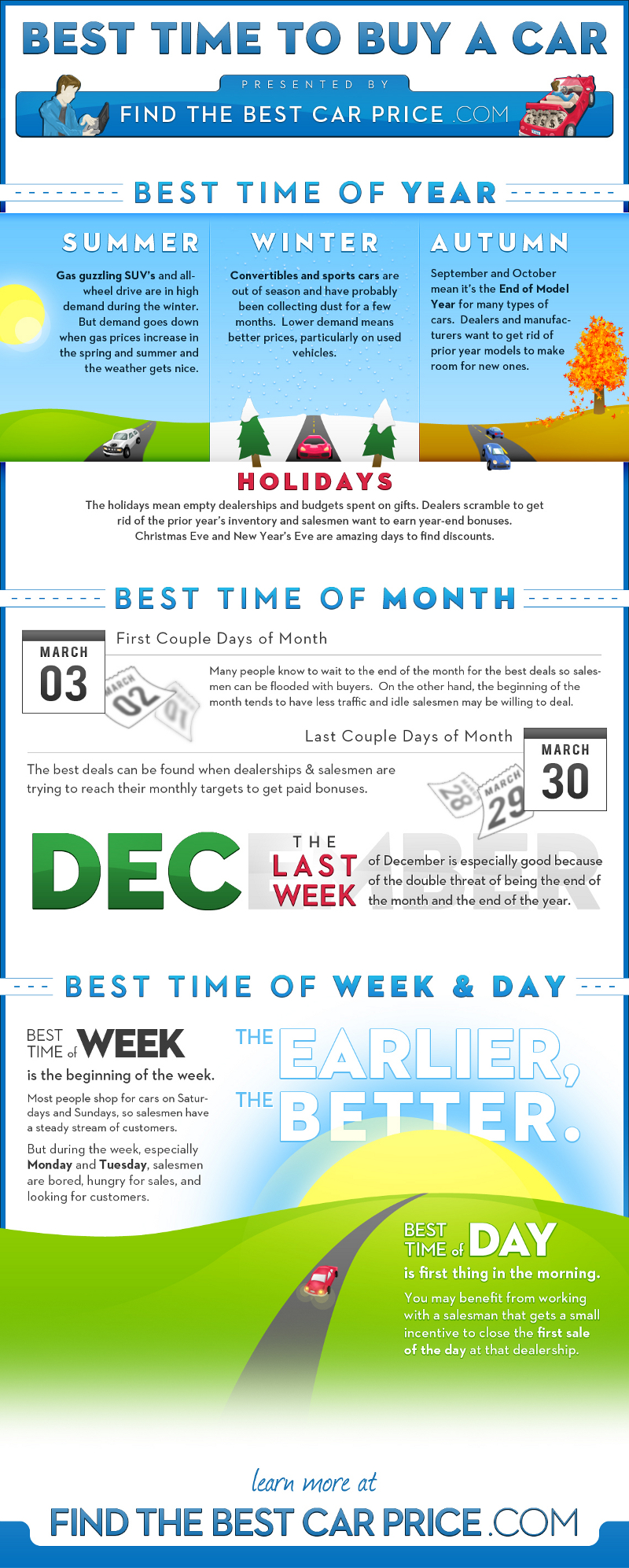Which demographics are able to go the extra mile when it comes to purchasing a car. In the past, the 35-44 age demographic was the most likely to be a car buyer. Today’s demographic facts show that times are changing… and they’re changing very rapidly.
Almost 93% of those aged 60 to 64 had a driver’s license in 2011, up from 84% in 1983.
There’s a lot of talk about how Millennials have caught up to Baby Boomers as the most populous generation in the United States. Many marketers are looking at the younger generation as a source of potential wealth. The facts here show that it might be smarter to redefine how we see aging and wealth. In 2011, only 79% of people in the 20-24 age demographic had a driver’s license.
Who Are The New Car Buyers?
- 62% of all new cars that are purchased in the United States are being bought by Baby Boomers. In 2001, this age group was responsible for just 39% of all new cars that were sold.
- Since 2001, the percentage of new auto registrations in the 18-34 age demographic has been nearly halved, falling from 24% to just 13% of the market.
- Just 1 in 4 new vehicles will be purchased by those in the 35-49 age demographic.
Why has there been such a dramatic shift in who is purchasing a vehicle over the last decade? In some ways, the current state of economics may be to blame. Many Millennials want to purchase a vehicle, but they just don’t have the financial means to make it happen. Over 35% of Millennials are still living with their parents. There is $1 trillion in outstanding student loan debt right now. 1 in 5 Millennials is postponing marriage because of money. If you’re not getting married, not having kids, and living with Mom & Dad, a car is likely out of the question.
What About the Purchase of a Second Car?
- 72% of all car loans have terms that are 60 months or longer.
- The fastest growing segment of the car buying industry are loans that have terms of 72-84 months.
- Leasing penetration has returned to pre-recession rates, around 19%.
- The average age of vehicles in operation has reached a record high of 11.4 years.
- 81% of new car buyers finance their purchases, compared to 56% of used car buyers.
- For those who have purchased a car in the past 60 months with financing, 87% of new car buyers and 79% of used car buyers still had payments remaining.
- The average down payment required to finance a new car: $2,914. This is compared to the average down payment of $868 to lease a new vehicle.
Part of the shift in the demographics of car buyers is the fact that people in the 35-44 age demographic aren’t investing into a second vehicle. Having one vehicle may be a necessity for most households, but a second vehicle is often considered to be a lifestyle choice. When funds are tight, that $2,914 for a down payment to get a new vehicle is a lot of groceries that could be purchased or could be a year’s worth of utility bill payments. Having vehicle prices surge above $20,000 for many makes and models at the same time doesn’t help matters much.
What About the Income Correlation?
- The average annual income for used car buyers: $48,004.
- About 30% of those who have recently purchased a car have a household income that fits within the highest income quintile.
- Single women purchase fewer vehicles than their population demographic, but they also purchase a greater percentage of new vehicles than their population share.
- People living in rural areas [71%] are more likely to purchased used cars than people living in urban areas [65%].
- Caucasians/Whites make up 88% of the car buying market.
- The average monthly payment for a new vehicle: $399.
Income will always be the primary issue when it comes to the car buying experience. People may need to have a vehicle, but they’ll only purchase as much vehicle as they can afford. For many that means buying used instead of new. It may mean buying a vehicle that may only last a year or two because they can only afford $500-$1,000 on the cost of a set of wheels. This is why Baby Boomers should be targeted when marketing in this market. With the most discretionary income available today and with solid debt-to-income ratios, it seems like the best way to find more profits. The long-term play for Millennials is still a good investment as well, but it may take longer than expected to pay off.

Although millions of people visit Brandon's blog each month, his path to success was not easy. Go here to read his incredible story, "From Disabled and $500k in Debt to a Pro Blogger with 5 Million Monthly Visitors." If you want to send Brandon a quick message, then visit his contact page here.
